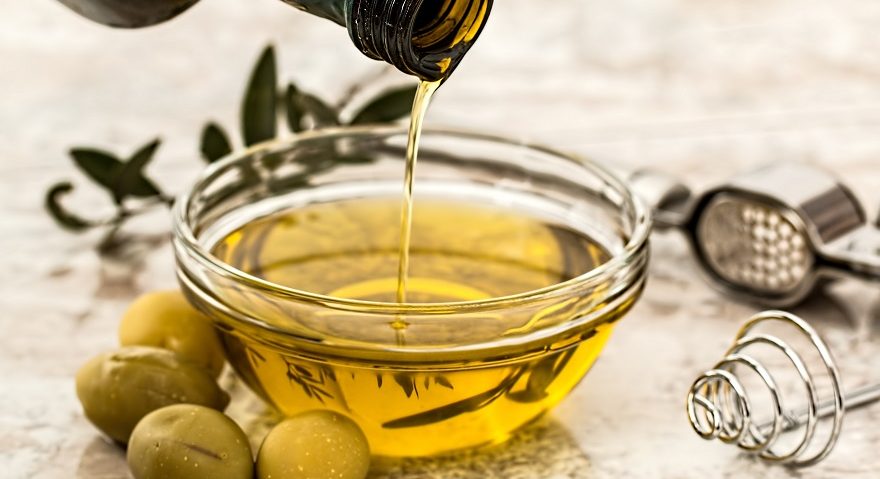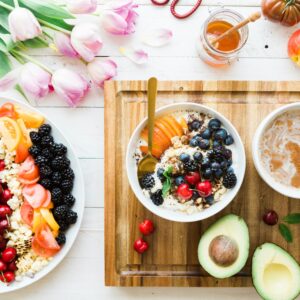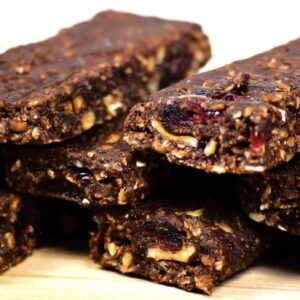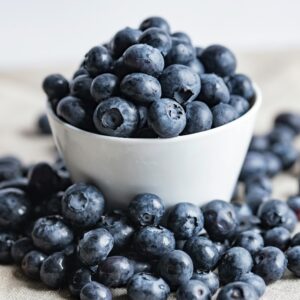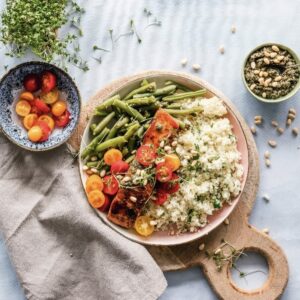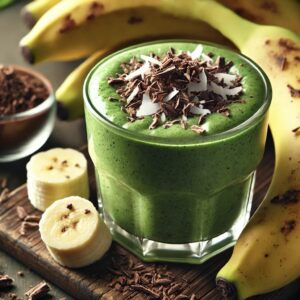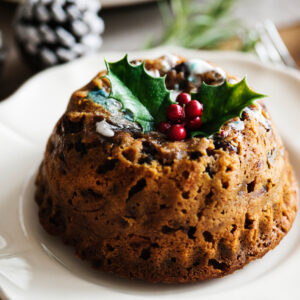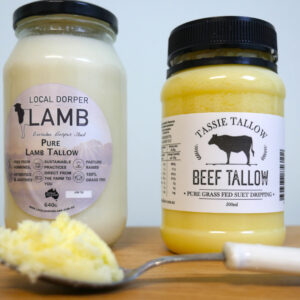I love the enhanced flavour that delicious, healthful oils add to my meals and, even better, I love their health benefits for my mind and body.
Good quality fats make us happy! They trigger the release of key “pleasure” neurotransmitters, such as, dopamine. They have also been shown to support brain and nervous system functions, protect joints and muscles and balance hormones. They can increase satiety (meaning we are less likely to overeat), provide a more sustained source of energy and help to control blood sugar levels.
I went through my twenties following the old fashioned ‘low fat’ diet principles. I was constantly tired and lethargic, had terrible insomnia and my hormones were in disarray. However, with wisdom and desperation in equal measure motivating me to make some change, I started eating differently and began including healthy oils in the meals I prepared for myself and my family. My skin, my hair and my energy levels are all in better shape due to, I believe, the inclusion of a range of healthy fats.
Whether it is coconut oil in my smoothie, flaxseed oil on veggies, a splash of extra virgin olive oil in a salad dressing, or cooking my family a curry sautéed in deliciously rich ghee, I am forever looking for ways to add quality fats to every meal.
In past decades, a diet high in fat was demonised as being the cause of excessive weight gain. However, evidence suggests the inclusion of healthy fats can actually help you to lose weight or at least maintain a healthy weight. Eating healthy oils can enhance your body’s ability to burn fats. They also take longer to digest, providing more appetite satisfaction and higher nutrient absorption. No more middle of the night fridge raiding!
Clearly not all fats are created equal. In an ideal world, we would aim to include a variety of saturated, polyunsaturated and monounsaturated fats from different naturally derived food sources, whilst limiting the bad ‘trans fats’. ‘Trans fats’ are chemically altered saturated fats that have shown to increase inflammation in the body and are commonly found in hydrogenated vegetable oils and refined, sugary cakes and biscuits. Also, some healthy fats are better suited to high heat cooking whilst others work best cold. So, which is which?
What are our favourite fats and oils and how do we use them?
Use the following oils for salad dressings, drizzles, smoothies and raw desserts. Flax and hemp seed oil cannot be used for cooking as they easily oxidise and lose their nutritional value. MCT oil can be gently heated for your favourite hot drink but is not suitable as a cooking oil.
MCT Oil: Derived from coconuts, this colourless, odourless oil stays liquid at room temperature so is the perfect addition to your smoothies and salad dressings. Adding a shot of MCT to your morning latte is a great way to start the day as it provides the body and brain with a direct source of energy, improving your focus and concentration. Find our more about MCT oils here.
Hemp Seed Oil: This oil has been extracted from hemp seeds for its extensive fatty acid profile and mineral content. The oil is noted for its ideal 3:6 Omega fat ratio, which can help the body to metabolise fat, increase immunity, improve skin elasticity, lower cholesterol and support heart health. Hemp seed oil has a pleasant nutty taste that adds depth of flavour to dressings, vegetable dishes, smoothies and more. It does require refrigeration once opened. An excellent choice for vegetarians and vegans as it contains significant complete protein.
Flaxseed Oil: Flaxseed oil is produced from ‘flax’ seeds or linseeds and is one of the highest omega 6 plant oils. Omega 6 fats are useful for their skin and heart promoting and hormone balancing effects. Flaxseed oil can oxidise quickly so is best stored in the coldest, darkest part of your fridge. Like hemp seed oil, it has a nutty flavour and can be used in a very similar manner.
The following oils have a low smoke point so they are more suitable for salad dressings and drizzles or for low level frying or baking. The smoke point is the temperature the oils starts to smoke or “burn” and so starts to lose its beneficial nutritional properties and flavour.
Extra Virgin Olive Oil: Made by crushing olives and their juices, Extra Virgin Olive Oil (EVOO) is a traditional staple of the healthful Mediterranean diet. To retain the highest level of heart healthy antioxidants, it is best to choose extra virgin and cold pressed olive oil. Other olive oils can sometimes be chemically extracted which changes their molecular structure. It’s delicious in dressings but can also be used as a cooking oil to bake and fry at low temperatures. With a low smoke point, it can quickly turn rancid when used for deep frying and baking at high heats. (Rancidity occurs when fats in foods react with oxygen to create an unpleasant taste and smell).
The following oils have a high smoke point and can be used for frying, baking or sautéing at high heat.
Macadamia Nut Oil: With a very high proportion of monounsaturated fats (80%), this oil is regarded as one of the healthiest edible oils in the world. Due to its high levels of stable omega 3 fats to unstable omega 6 fats, macadamia oil has an excellent shelf life and a high smoke point. It is perfect for shallow and deep frying and baking at high heats and is also a delicious alternative to olive oil when used in salad dressings. I guarantee a drizzle of macadamia nut oil and a sprinkle of good quality sea salt is all you need for your lunchtime salad to taste amazing!
Macadamia nut oil is also an excellent skin moisturiser and can help with softening, regeneration and anti-aging as well as being an anti-inflammatory to soothe a range of skin conditions.
Coconut oil: Organic extra virgin coconut oil is probably one of the most versatile oils on the market. Apart from tasting great in raw desserts, it can be used as a body and face moisturiser, hair conditioner, oral hygiene support and a carrier for massage oil. Also it has a high smoke point, so it is easy to use as your daily cooking medium. Coconut oil can do it all! It is also very high in Lauric acid (around 50%) which has been shown to kill harmful pathogens such as bacteria, fungi and viruses. Did we mention it also tastes sensational?
Ghee: Ghee is made by heating butter until it separates, removing the milk solids to reveal the clear ‘nutty flavoured’ liquid fat beneath. This ‘clarified butter’ is packed with vitamins including A, D, E and K as well as being rich in antioxidants that can turn any curry into a taste sensation. Revered as a prized food in India, ghee is what gives any authentic curry, it’s truly rich, unique flavour. With a high smoke point, it is perfect for high heat frying. Ghee is also nature’s richest source of butyrate, a short chain fatty acid that has been shown to help grow and repair tissue in the digestive tract, making it especially beneficial for those suffering symptoms of a leaky gut.
Including a good mix of these delicious, healthy fats and oils will provide a range of vitamins and minerals, omega fats and antioxidants, as well as boosting the flavour of almost every food imaginable!
Written by Emma H for go natural foods
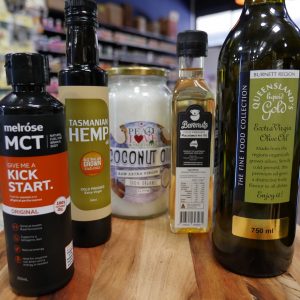
you may also like
sources
https://www.solorganics.com.au/new-blog/2018/6/2/7-reasons-why-we-should-all-be-enjoying-ghee
https://www.hempfoods.com.au/blogs
https://www.petespaleo.com/blogs/blog/eat-fat-to-stay-slim-and-healthy

